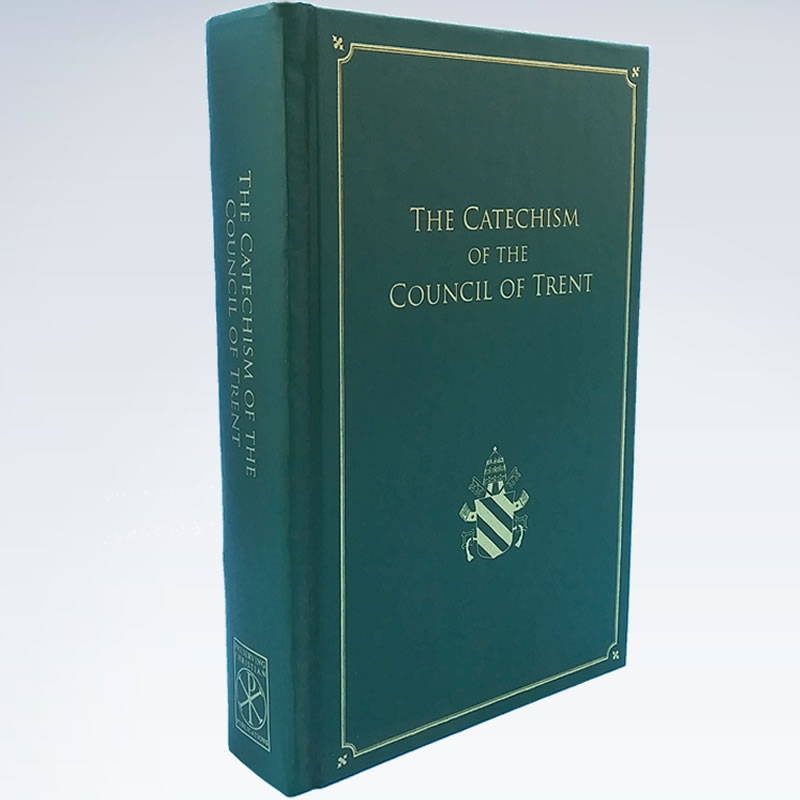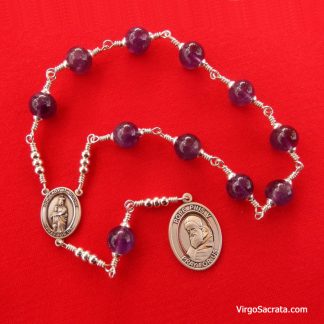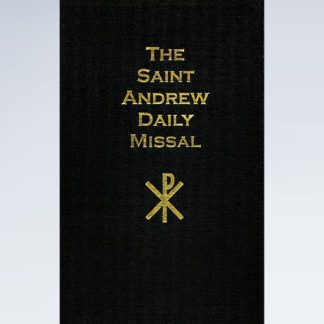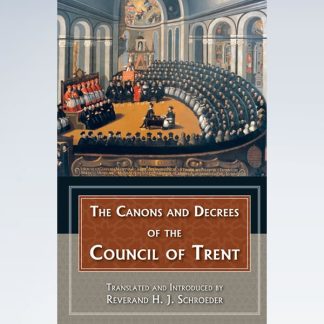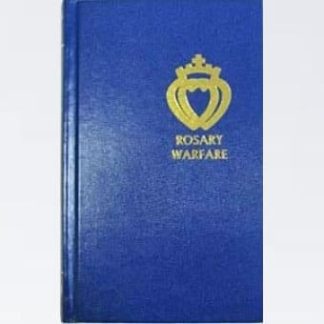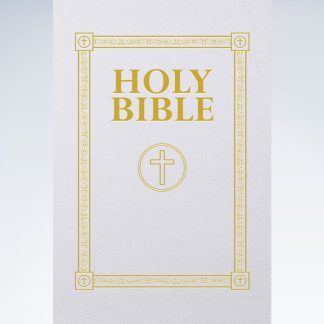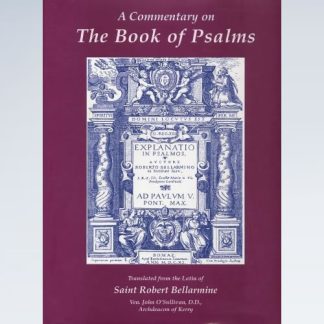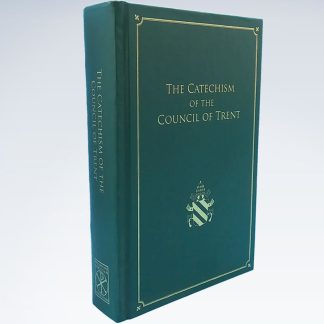The Catechism of the Council of Trent (also known as the Roman Catechism) was published in Latin in 1566 by order of the council, which was then issued and confirmed by Pope St Pius V. Originally meant for priests, this catechism became the official manual of popular instruction. Since then, numerous popes, bishops, and synods have promoted and urged the usage of this catechism.
The Protestant Reformation prompted the Council of Trent (1545-1563). The council fathers clarified and developed major pronouncements, as well as expounding Catholic teaching, doctrines, and practices, during its sessions.
Catechism of The Council of Trent is an important resource in our time of doctrinal confusion offering precise, simply – worded answers to questions about the Faith in a style different from more recent catechisms. This 1923 translation by the Dominicans John A. McHugh and Charles J. Callan is unsurpassed for accuracy and readability, and features many useful extras.
The catechism provides the faithful with a set and stable scheme of instruction that follows the Council’s dogmatic definitions in four parts: The Apostle’s Creed, The Sacraments, The Ten Commandments, and The Lord’s Prayer.
This version is produced on acid-free paper with real ink and has a beautiful green hardback bound with sewn signatures to keep the pages from falling out. It’s built to last through numerous readings and studies.
For more than four centuries it was known simply as The Roman Catechism – the source, guide and standard for all other catechisms. Commissioned by the Council of Trent, written under the supervision of Saint Charles Borromeo, and promulgated by Saint Pius V in 1566, it was the most comprehensive and authoritative statement of Catholic doctrine ever published.
Leo XIII recommended two books — the Summa and this Catechism — for all seminarians! Pope Benedict 16th, as a Cardinal, called it the most important Catholic Catechism. Originally designed to supply parish priest with an official book of instruction, it has been used extensively by the laity as a steadying guide in our confused age. New typesetting and beautiful hardbound cover.
All the doctrines of the Faith are expounded under four headings: The Apostles’ Creed, The Sacraments, The Ten Commandments, and the Lord’s Prayer. Includes a complete “Sermon Program” for Sundays and Feasts linking doctrinal material in the Catechism to the Epistles and Gospels. Contains complete texts of definitions and dogmatic statements since Trent, subheadings for ease of reading & quick reference, useful citations to passages of Saint Thomas Aquinas and others. Translator’s introduction gives historical background, extremely detailed Table of Contents and Subject Index.
The Council of Trent, held in the sixteenth century, was one of the Church’s most important Ecumenical Councils. It was presided over by Popes Paul III, Julius III, and Pius IV. The Council played a major role in the Counter-Reformation against Martin Luther’s principles and was itself a significant reform conference. Its main objectives were to condemn the doctrines of Protestantism, effect a reformation in the Church’s discipline, make known the fact that the Church’s interpretation of Scripture is final, and define the relationship of faith and works in relation to salvation. Also, an important point of discussion was the Real Presence and sacrificial nature of the Eucharist. The Council of Trent convened in 1545 and ended in 1563.

